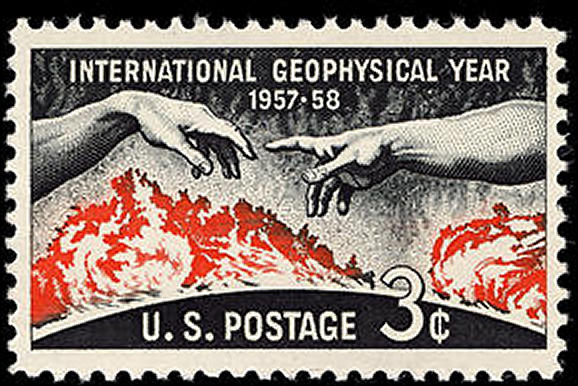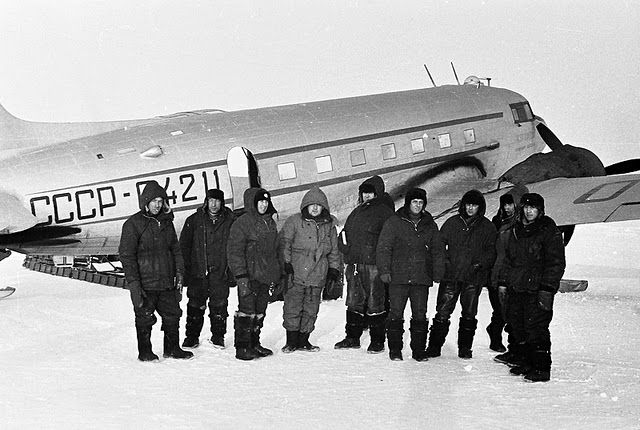
Last time, I talked about some of the wonders of the International Geophysical Year. The term is a bit of a misnomer–it has actually lasted some 18 months, and the dividends from its successes will be paid out for many years to come. For those who don't know, the "IGY" is actually the third event of its kind, a twice-a-century international effort to learn about Earth's more exotic mysteries. Originally, the event was known as the International Polar Year; the first started in 1882, and the second in 1932. Due to the growing science of aeronautics and the newfound ability to directly measure the astronomical medium, the scope of the IPY was expanded to include outer space, and the IGY was scheduled to occur just 25 years after the last IPY. In this period, America has launched seven successful (or semi-successful) space missions, and the Soviets have launched three. As discussed last time, American submarines have stayed underwater for months on end and have cruised underneath the North Pole.
In keeping with the original intention of the international year-and-a-half of science, the poles have been subject to the most massive investigation in history, particularly the forbiddingly cold continent of Antarctica. The United States, the United Kingdom, France, Japan, and the Soviet Union all have sent large teams into the frozen wastes of the world's southernmost continent, and more than 50 other countries have contributed scientists and resources.
As the punctuation mark to cap off an unprecedented 18 months, an expedition has finally arrived at one of Earth's most exotic locales–the Southern Pole of Inaccessibility. You are likely familiar with Earth's South Pole, the southernmost point of Earth's axis of rotation, and also with the Earth's South Magnetic Pole. The Southern Pole of Inaccessibility was a headscratcher even for me when I first heard it. It is the point in Antarctica equidistant from any ocean shore. It is probably the hardest place to get to in the world (hence the name). Of course, calling anything inaccessible is just begging to be challenged. It is appropriate that the team that made it there, just in the nick of time, was from a country quite used to freezing climes: the Soviet Union.

On December 14, a team of the Third Soviet Antarctic Expedition reached the Southern Pole of Inaccessibility and established a small research facility. Yes, you can now get weather reports even from the bottom of the world (or the top, if you're from Australia). This team will brave the -72°F temperature for two weeks.
So let us all give a payechele toast to our brave Soviet comrades. One can only imagine where we'll be for the next IGY in 2007. Colonies on the moon, under the deep sea, and at the Southern Pole of Inaccessibility, I'll wager!
(Confused? Click here for an explanation as to what's really going on)
This entry was originally posted at Dreamwidth, where it has comments. Please comment here or there.
